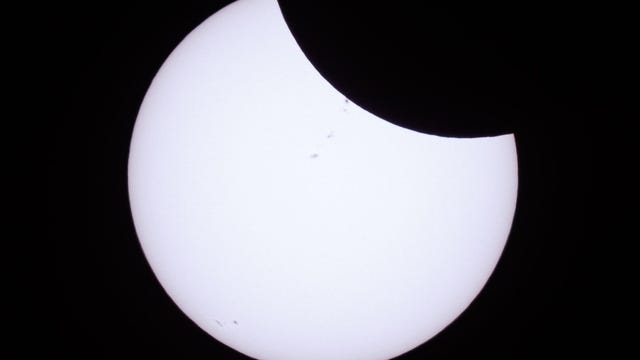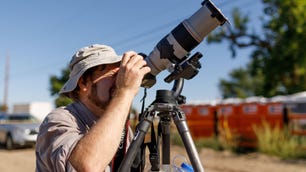Technologies
Don’t Miss Out on the Perfect Solar Eclipse Photo: Tips on Taking Pictures Today
Take these steps to minimize potential damage to your camera or phone lens, and get a great photo.
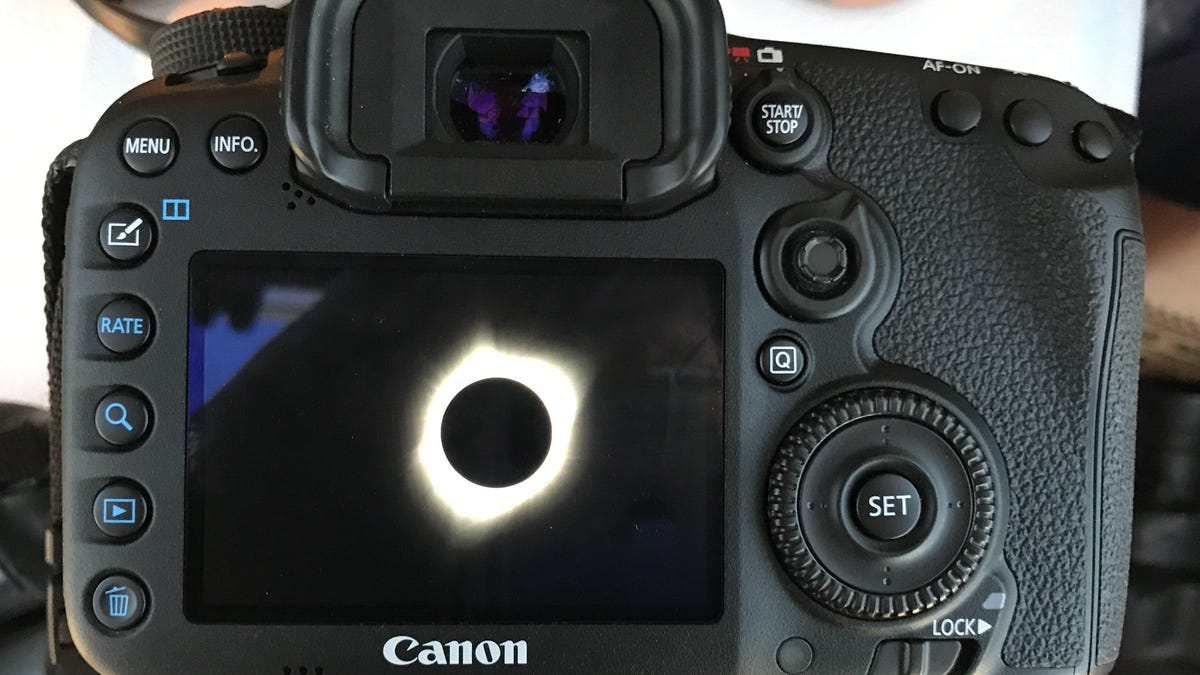
Today’s solar eclipse is the talk of the town. During its trip across North America, the total eclipse will hit parts of Mexico, a long diagonal stripe across the US and a stretch of eastern Canada. It’ll be quite the event, especially since the next total solar eclipse to hit North America won’t happen until August 2044.
Nearly half of the US population lives within a 200-mile drive of the event, giving many people a chance to catch a glimpse or a photo.
Remember, you must wear solar eclipse glasses if you’re looking up during the eclipse. While the sun will be completely hidden behind the moon for a few minutes, the rest of the eclipse will be just as harmful to human vision as it would be if you stared at the sun on any other day. So you’ll want to make sure that your solar glasses will protect your eyes while you watch.
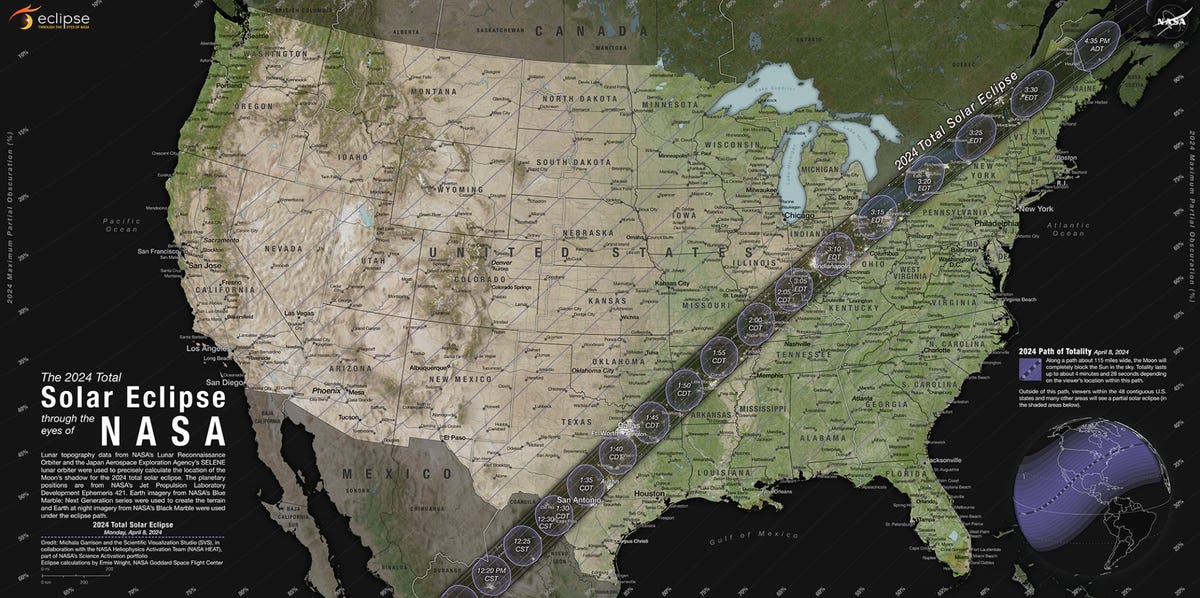
You’ll want to protect your camera and its lenses, too, if you’re among the throngs who’ll be aiming a smartphone or DSLR at the sun in hopes of capturing that perfect image to share on social media of the last total solar eclipse in the US for the next 20 years.
Here are a few things to know before pointing your sensitive and expensive devices at the giant fireball in the sky.
Taking photos of the solar eclipse with a smartphone
A great many solar eclipse photos are likely to come from smartphones, given that just about everyone has one and that many are packed with very capable cameras.
First things first, you’ll want to pick up a solar filter. You don’t need anything fancy. You can buy little solar lenses that you can physically hold in front of your phone camera lens for a little over $10. In a pinch, you could use one of the lenses from a pair of paper solar eclipse glasses to achieve the same effect.
In general, your phone’s auto mode should take care of most of the heavy lifting. Phone makers have spent tons of time tuning the cameras to the appropriate settings to take the best possible picture. If you want to take matters into your own hands, you can always switch to manual mode — but do spend a bit of time before the eclipse familiarizing yourself with those settings.
A few other helpful tips:
- Turn off your flash. Once totality hits, you’ll be taking pictures essentially at night and your flash isn’t going to help. Plus, it can annoy people around you.
- Only use zoom if your phone is equipped with an optical zoom lens like the Galaxy S24 Ultra or the iPhone 15. Check your phone model to see if yours comes equipped with it. Using digital zoom will reduce resolution and make the image look blocky and unappealing.
- Most modern smartphones feature a burst shot mode. The crown jewel of eclipse photography, the diamond ring, is only visible for a split-second and a burst shot mode will give you better odds of capturing it than if you try to time it yourself.
- Practice. Taking good pictures of the sun is no easy task and you don’t want to spend the entire time fiddling with your smartphone camera settings.
- Google also recommends bringing a portable battery bank. Camera use is a huge battery drain, and you may need some extra juice.
Taking photos of the solar eclipse with a DSLR
Many of the rules for smartphone photography also apply if you plan on taking a DSLR or mirrorless camera to the event. The steps to get there are slightly different. Smartphones can use virtually any solar filter, but cameras require something that’ll fit on the end of your camera’s lens barrel since it’s very difficult to hold a filter while taking a picture with a regular camera.
You may think you need a UV filter for solar photography. In reality, you’ll want an ND (neutral density) filter. ND filters reduce the amount of light coming into the lens the same way solar eclipse glasses reduce the amount of light coming into your eyes. K&F Concepts has a good one designed specifically for celestial photography.
The next factor is size. Filters come in various sizes and the size you need depends on what lens you own. Check the barrel of your lens. You’ll want to find the ø symbol with a number next to it. That number is the millimeter size you need.
If your lens doesn’t have that measurement on it, you can find the measurements on the box the lens came in or on the manufacturer’s website. If you get an incorrectly sized filter, it won’t fit on your camera properly, so make sure you look before you leap since ND filters can get quite expensive.
Once you obtain a solar filter, the same general tips apply to a regular camera. Practice photographing the sun over the weekend before the eclipse so you can dial in your preferred settings. Use burst mode to capture the diamond ring, bring spare batteries, and make sure your equipment is in order before the event.
Camera owners may also want to consider bringing multiple lenses to get different types of pictures, and you should definitely bring a tripod if you’re planning on long exposure shots, or just for stability in general. (A remote shutter release helps as well.) If you’re comfortable with it, shooting in raw image format can also produce some amazing results after some editing.
Can I take photos of the solar eclipse without a filter?
Human eyes can be damaged in seconds when staring at the sun — and the same is true for eyes looking through an unprotected camera lens at the eclipse. Camera lenses themselves are a bit more resilient. They might be able to handle the occasional sun photograph, but the longer and more frequently the camera is pointed at the sun, the more likely it is that damage will occur.
This can happen in a variety of ways, including damage to the lens, camera internals and mounting hardware. Camera lenses are essentially fancy and expensive magnifying glasses, and anyone who used a standard magnifying glass to concentrate sunbeams as a kid already knows how dangerous it can be for things on the other side of the sunbeam.
You may be able to get away with the occasional snap of the sun with an unprotected camera without damage as long as it’s quick and it’s not a long-exposure shot (and you’re not looking directly at it yourself). However, given how expensive cameras, camera lenses and smartphones are, better to err on the side of caution and use a solar filter.
In addition to safety, the solar filter can also help you take more effective pictures of the sun. Cameras — especially smartphone cameras — often have a rough time with super bright lights like the sun. A solar filter will reduce the brightness so you’ll be able to get much cleaner pictures of the eclipse.
During the brief moment of totality, you might consider removing your solar filter. Everything will be so dark that it’ll be unnecessary, and it’ll help if you want a good shot of the corona. Just make sure to put it back on if you want photos as the eclipse wanes.
Don’t forget to actually watch the eclipse
This is the last total solar eclipse to run through North America until 2044. It’s a once-in-a-generation event, unless you plan on traveling to Russia in 2026 or Egypt in 2027. Remember to put the camera down at some point and enjoy the moment. A celestial event like this doesn’t happen every day.
While it is a singular event for us here on Earth, astronauts on the ISS will have three total opportunities to watch it.
If you live in the path of the solar eclipse, you’re also encouraged to leave pets indoors with lights on and shutters closed as the transition to nighttime in the middle of the day can cause stress to animals. And systems that run on solar power may experience significant impacts on solar generation, so that’s another thing to keep in mind.
Technologies
I’m Already Filling My Cart With These 40 Early Black Friday Gaming Deals — Here’s What’s Hot
Technologies
Shopping for a New iPhone or Android Phone? Read This Before You Buy
These tips will help you make the most of every penny when you’re shopping for a new phone.

2025’s best phones, like the vibrant orange iPhone 17 Pro, the Android all-rounder Google Pixel 10 Pro and the consistently high-perfoming Samsung’s Galaxy S25 Ultra share many things. They all offer amazing performance and come with incredible camera setups. Then there’s the massive, vibrant displays and the host of funky new AI skills, all of which makes these flagship phones the peak of what mobile tech can offer. It’s also no surprise that these fan-favorite phones have something else in common, too: whopping price tags.
Costing $1,000 and more, today’s best phones are out of reach for many — or are simply unnecessary for those of us who just want an everyday handset for keeping in touch with friends or scrolling through Instagram on the bus. Thankfully, there’s a huge array of options out there catering to all needs and budgets, whether you’re looking for top-end model or a more affordable option, like the CNET Editors’ Choice award-winning Nothing Phone 3A Pro.
You’d think the vast number of choices would make shopping simple. But the reality is that sometimes all the options make it more confusing. To help you cut through some of the jargon and spend your money sensibly, I’ve put together tips for buying a phone.
How to buy a new phone: Top phone-buying tips
- Know what you care about most: Is it screen size? Camera quality? Battery life? This will help narrow down your choices. Phones like the iPhone 17 Pro, Galaxy S25 Ultra or Xiaomi 15 Ultra, for example, pack incredible cameras that almost rival the quality you’d get from a mirrorless camera. If you’re keen on photography and always want to carry a superb camera for when inspiration strikes, then spending money here is a good idea. If not, you can likely save yourself a bundle.
- Don’t discount the midrange: Features of last year’s flagships always trickle down to this year’s midrange handsets.You can get a great phone that does almost everything that a premium phone can do for a fraction of the price. Google’s Pixel 10 Pro packs a great zoom camera, but the base Pixel 10 has most of the same key specs and comes at a more reasonable price. Even lower-end phones like the Nothing Phone 3A Pro offer a great experience and asks for little cash in return.
- Shop the sales: Look for deep discounts and promo deals around major holidays, especially Amazon’s Prime Day and Black Friday. And find out what your grace period is in case you need a quick return or exchange.
- Consider last year’s phones: They can often be a great deal, too. Wait for this year’s launch to get last year’s phone for less, when stores and carriers may be trying to offload their existing stock. You should also check for used options as these can save you a ton of money, as long as whatever you buy still receives security updates.
- Hold the phone at a store first: You may love or hate the way it looks and feels in person.
- Check if you’re already invested: Have you already bought a lot of iPhone apps and iTunes movies? Stick with an iPhone if you still want access to them. Likewise, if you’ve invested in loads of Android apps, you’ll want to stay on that side of the fence. Otherwise, it’s simple enough to switch platforms.
- Buy a case and screen protector: You’ll protect your phone from costly damage and will increase the phone’s resale or trade-in value for when you’re ready to move on. If you’re careful with how you use your phone, it should last for years.
Smartphone performance vs. budget
In general, performance lines up with cost. The very latest, greatest technology usually comes at a premium. Flagship phones pack the best cameras, the most powerful processors and may even sport cutting-edge tech like foldable displays. The high prices mean that these phones are worth considering only by those who want the absolute latest tech in their pockets.
Not everyone needs such top tech, however, or may simply be unwilling to spend the $1,000 or more typically required to get it. Luckily, the midrange sector of the phone world has been one of the fiercest battlegrounds for companies to compete in, resulting in some amazing phones that won’t break the bank. Features like wireless charging and cameras with multiple lenses that were once the domain of flagships are now commonplace on midrange phones.
Even budget phones will still offer decent camera quality and enough power for you to enjoy all of your everyday web browsing, WhatsApp-ing and Instagramming.
Screen size
All phones have gotten steadily bigger over the last few years, with the iPhone 17 Pro Max and Galaxy S25 Ultra measuring a whopping 6.9 inches. Small phones aren’t that common anymore, with almost no phones measuring under six inches in size.
Apple killed off its iPhone Mini line, and while its 2022 iPhone SE remained the smallest iPhone you could buy, the company replaced it with the 6.1 inch iPhone 16E, which hardly qualifies as small. On the Android side, the Google Pixel 8A’s 6.1-inch display makes it one of the better smaller phones, but like the iPhone 16E, it’s hardly what you’d call tiny. Google replaced it with the Pixel 9A and in so doing increased the screen size to 6.3 inches. Sorry, small phone fans, looks like you’re out of luck.
Software support period
A phone remains safe to use only as long as it receives security updates from the manufacturer to protect it from hackers. In the past, this was a bigger concern since most phones were supported for just two or three years, leaving them with a short shelf life. Today, however, extended support has become a competitive feature, with Google now offering an impressive seven years of software and security updates on its latest phones.
It means the most recent Pixel 10 Pro will still be safe to use in 2032, while Samsung has promised a similar support period for its Galaxy S25 range. Samsung’s Galaxy S20, released in 2020, received its final security update in 2024, however, so it’s important to confirm how long your phone of choice will be safe to use, especially if you’re buying an older phone on the used market. A longer support period not only gives you better value for money over the lifetime of the device, it’s also better for the planet, as it keeps older, but still usable phones out of landfill and reduces the number of new devices being made and shipped.
Camera performance
Camera features have been a major point for bragging rights in recent phones, with manufacturers always wanting a bigger, more exciting number, be it the number of megapixels or quantity of actual camera lenses. Three rear cameras are now common — a regular lens, an ultrawide lens and a telephoto lens — with even budget-focused phones packing multiple cameras.
Read more: Best Camera Phone to Buy in 2025
This is great, as more lenses mean more shooting options when you’re out and about. But that doesn’t mean that any multilens camera is as good as another. As with processor performance, the more you spend, the better the results you’ll typically get, with the absolute best cameras around usually being found on the most expensive flagships.
Look out for features like optical (rather than digital) zooms, night mode for better low-light images, and optical image stabilization. Sometimes these features might not be clear, and it’s not possible to judge a camera’s performance just by looking at the specs. If you really care about your phone’s photography skills, then take some time to look at the reviews and see how its camera performs before you spend your money.
Battery life
Most phones, from the budget end through to elite flagships, can last most of a day on a single charge. Bigger phones might have bigger batteries, but they also have bigger screens and often more powerful processors, so they suck that extra juice down quickly. Few phones will give you more than a day of use. Here are some things to keep in mind:
- Always plan on giving your phone a full charge overnight.
- Look for features like fast charging, that allow your phone to take on a lot of power in a short space of time. Some phones, like the OnePlus 15, support 80W fast charging that will take it from empty to full in around 30 minutes. Check to see if your phone comes with a compatible fast charger though, as an old USB plug likely won’t offer the power output required.
- Your battery will last longer if you avoid more demanding tasks such as gaming or video streaming. Keeping the screen brightness down will help too and if you’re really trying to eke out that last few percent to help get you home, turning off Wifi and Bluetooth can also help.
Processor performance
Top-end phones pack powerful processors along with 12GB of RAM or even more. It’s enough to make these phones run any task without breaking a sweat, but you don’t need to spend flagship level money to get great performance.
Most decent midrange phones offer enough power to handle all of your everyday needs. You’ll still be able to play almost any game from the Google Play store and edit your high-resolution photos in apps such as Snapseed or Adobe Lightroom. There’s little you could throw at most midrange phones that they wouldn’t be able to handle.
As you move into the budget end of the spectrum, that’s when you’ll start to notice some slowdown with things like gaming. More demanding 3D games might look more stuttery and may even unexpectedly quit. However, basic tasks such as sending emails, listening to Spotify and browsing Instagram shouldn’t be a problem.
4G or 5G?
5G is the latest standard that promises lightning-fast mobile data speeds when you’re out and about. While 5G coverage still isn’t everywhere yet, it’s widespread enough that you should absolutely look toward a 5G phone. And that’s easy, as almost all of them are, from top-end flagships down to entry-level budget phones.
The only reason you should consider buying a 4G phone now is if you’re looking at the used market and you’ve found a good deal on an older-generation model that will tide you over for a couple of years.
How much phone storage do you need?
Most phones, even the budget ones, come with at least 64GB of storage, of which 10 may be taken up by preinstalled apps and the phone’s operating system. If you don’t plan on recording video, and gaming isn’t your thing, 64GB might be enough, but otherwise you should consider 128GB to be a safer minimum.
Higher-end phones — particularly those that can record high quality 4K video — offer capacities of 256GB or more. With that much space, you’ll barely need to think twice about having to clear out old files.
If the phone supports microSD cards then it’s a different matter, as you can pick up 32GB microSD cards (or bigger) for very little money these days and popping one into your phone will dramatically increase the amount of storage you’ll have access to. Unfortunately, expandable storage is a very rare feature on phones these days. However, most phones will support external storage over USB-C, so if you’re going on holiday and want to shoot a lot of high-resolution video, taking a small SSD drive to offload your footage to might be a good idea.
Bonus features
Many of these features are now common on phones at various price points and are worth keeping in mind when you’re shopping.
- Fingerprint scanner or face unlock: A scanner may be on the back or even invisibly built into the display. Biometric security, as it’s called, is more secure than having to remember a PIN.
- Water-resistant: Do you often take calls in the rain? Look for a phone with at least an IP67 rating to keep it safe from water and spilled drinks. This is pretty common on most higher-end phones these days.
- Wireless charging: This is available on many phones, with some now offering faster wireless charging speeds, as long as you use a compatible charging pad.
Technologies
Qualcomm’s New Chip Means You Don’t Need a Flagship Phone for Cutting-Edge AI Tools
The Snapdragon 8 Gen 5 offers top performance for Android phones just below the absolute top-tier.
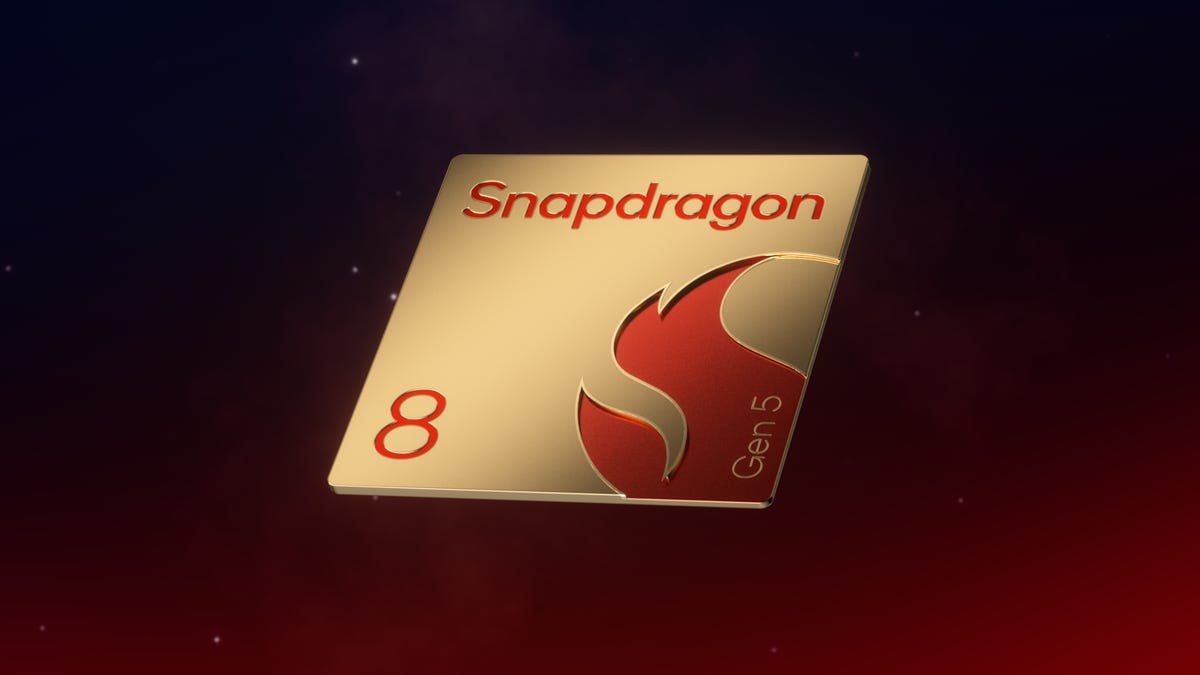
Qualcomm revealed its Snapdragon 8 Elite Gen 5 chip in September to power the absolute top-tier Android phones coming out in 2026. The $900 OnePlus 15 launched this month and is the first phone available with the new chip in the US. Now, the company is offering a new chip — the Snapdragon 8 Gen 5 — for handsets that need slightly less digital horsepower for lower cost, leading to cheaper but still powerful phones.
Qualcomm typically offers multiple versions of its chips at varying performance levels and prices to suit the needs of phone-makers. Even within the cream of the crop — phones that cost $700 or more — companies may opt for a less powerful and, presumably, a less expensive chip to power their lower-priced devices. This could include phones like the just-announced OnePlus 15R, which doesn’t have a price but follows other R-series handsets that have slightly less impressive specs and cost less than their premium siblings.
The new Snapdragon 8 Gen 5 has a complex lineage, but Qualcomm sees it as a follow-up to the Snapdragon 8 Gen 3, released in 2023 — which is why the company only released comparable figures to that 2023 chip. The major upgrade between the two is that the new 8 Gen 5 has the company’s proprietary Oryon central processing unit with 36% improved performance and 42% better power efficiency compared to the 8 Gen 3. Comparably, the new chip’s graphics processing unit has 11% greater performance and 28% better power efficiency than its predecessor’s GPU.
The Oryon CPU in the 8 Gen 5 enables the AI agent features, like contextual suggestions based on personal data, that debuted in last year’s Snapdragon 8 Elite phone chip and have continued in the Snapdragon 8 Elite Gen 5. The company introduced the «Elite» moniker to brand them as the new highest bar for performance. The 8 Gen 5’s CPU reaches speeds of 3.8GHz, while the 8 Elite Gen 5 reaches up to 4.6GHz, showing a clear gap in capability — but other than that, Qualcomm didn’t release performance figures for how the 8 Gen 5 compares to its even higher-end chip sibling.
Regardless, the 8 Gen 5 will power flagship phones from companies like OnePlus, Qualcomm said in a press release. The first devices using the chip will launch in the coming weeks, which likely includes the OnePlus 15R that the phone-maker confirmed will launch on Dec. 17. OnePlus’ R-series phones have been slightly less powerful than their flagship counterparts but have been priced lower as a result. For instance, the OnePlus 13R (powered by the Snapdragon 8 Gen 3) released back in January was less powerful than the OnePlus 13 but also $300 cheaper at launch.
-

 Technologies3 года ago
Technologies3 года agoTech Companies Need to Be Held Accountable for Security, Experts Say
-

 Technologies3 года ago
Technologies3 года agoBest Handheld Game Console in 2023
-

 Technologies3 года ago
Technologies3 года agoTighten Up Your VR Game With the Best Head Straps for Quest 2
-

 Technologies4 года ago
Technologies4 года agoBlack Friday 2021: The best deals on TVs, headphones, kitchenware, and more
-

 Technologies4 года ago
Technologies4 года agoVerum, Wickr and Threema: next generation secured messengers
-

 Technologies4 года ago
Technologies4 года agoGoogle to require vaccinations as Silicon Valley rethinks return-to-office policies
-

 Technologies4 года ago
Technologies4 года agoOlivia Harlan Dekker for Verum Messenger
-

 Technologies4 года ago
Technologies4 года agoiPhone 13 event: How to watch Apple’s big announcement tomorrow

